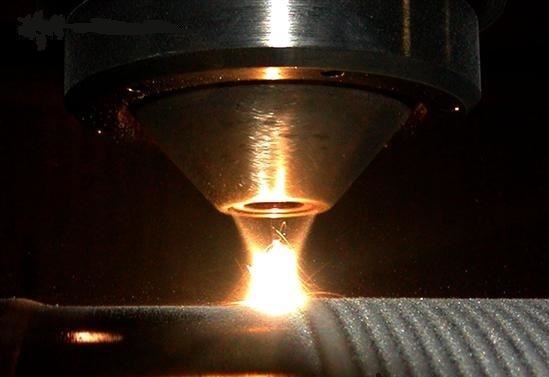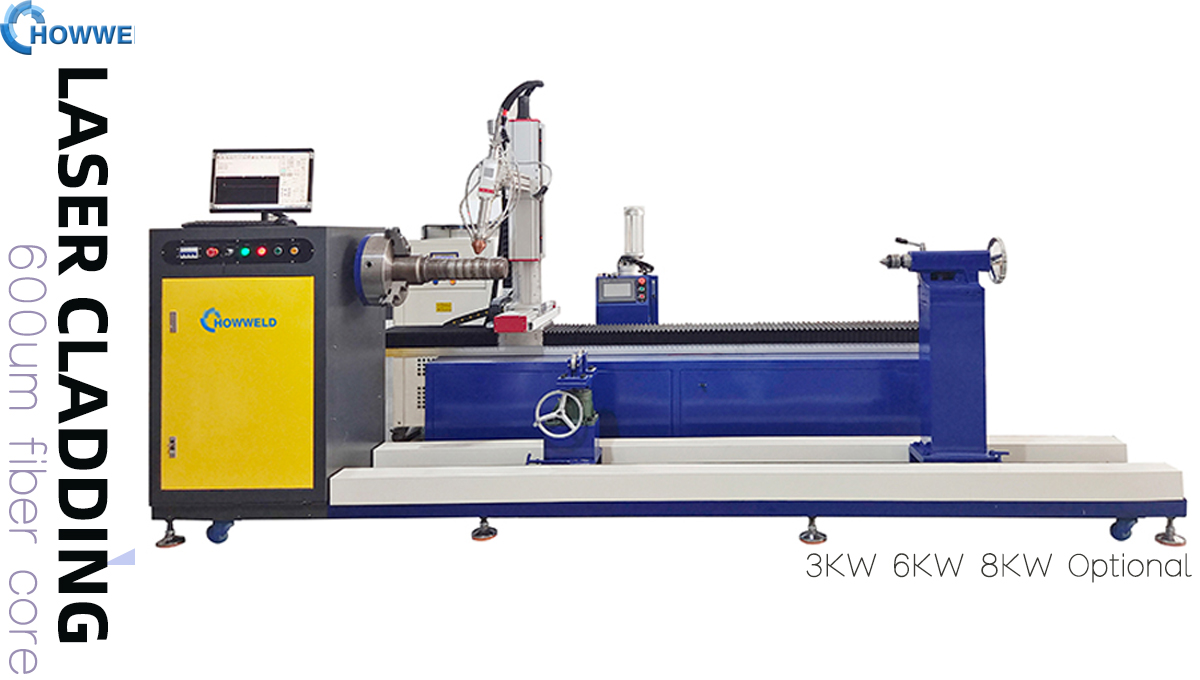Pluger product surface add cladding layer hardness hardened layer
Time:2024-11-05
Views:176
Laser cladding technology refers to the process of placing selected coating materials on the surface of the coated substrate using different filling methods, which are irradiated by laser to melt simultaneously with a thin layer on the substrate surface, and rapidly solidify to form a surface coating with extremely low dilution and metallurgical bonding with the substrate material, thereby significantly improving the wear resistance, corrosion resistance, heat resistance, oxidation resistance, and electrical properties of the substrate material surface.

Continuous laser cladding machine test cladding 1mm to 2mm layer, hrc 35
1. Materials
Metal materials: S45C model
Thickness: 1mm on surface
Test time: 2024.8.13
Test company:Howweld
Samples from: Thailand
2. Requirements
Thickness: 1mm on surface, under 2mm
Hardness: 35hrc
3. Test machine
3000W CNC laser cladding machine
AC380V,50Hz
Working temperature: 18~35℃
Raycus laser with rotary type.
Rotary can clamp 500mm diameter
Laser source type: continous type laser
Fiber cable length: 20 meters
4. Parameters of laser
Power: 35%
Cladding speed: 610mm/min
Adjust power: 100%
Laser frequency: 10KHz
Optical core diameter: 600μm
Gas blow while cutting: Nitrogen gas
Before Cladding & After Cladding

Conclusion:
Suitable machine: 3000W CNC laser cladding machine
Laser beam was continous, with water cooling, medium power machine can meet requirements.
Cladding speed can adjust faster when choosen 6000W power
All models laser cladding from market were 2000w 3000w 6000w 8000w
Link: 3000W power laser cladding machine
wear-resisting 200μm 600μm Add 1mm cladding layer on S45C plunger surface to increase hardness to 35hrc.


